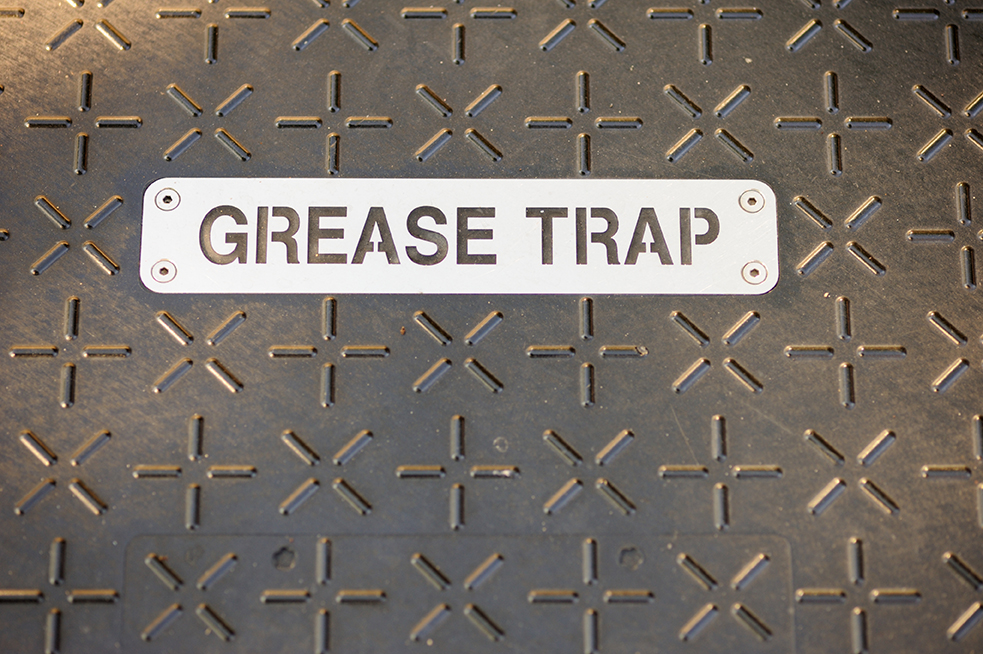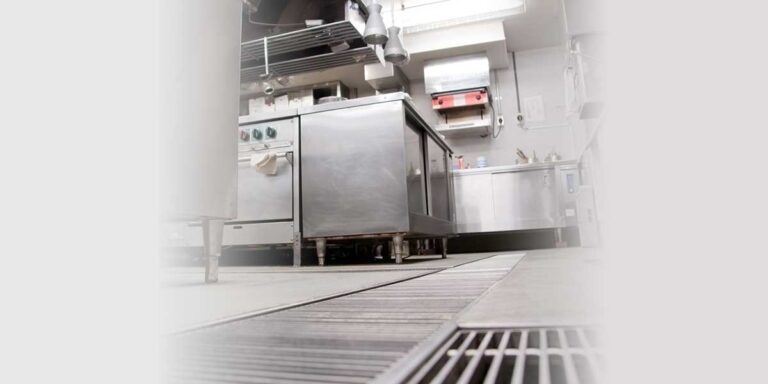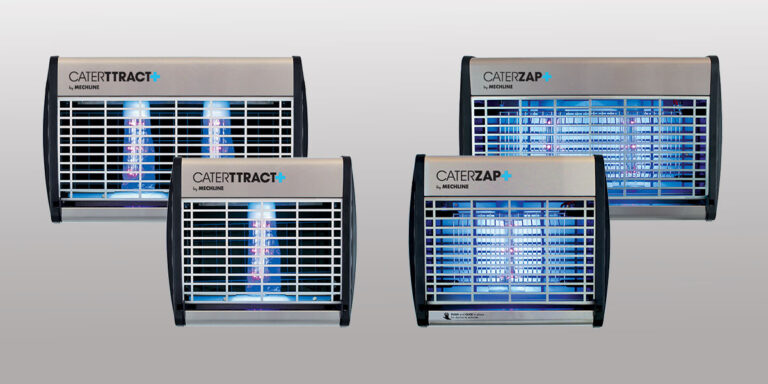If your water company comes knocking about a sewer blockage, your restaurant should be able to prove that adequate provision has been made to minimise its impact on the drainage system. Grease traps are one solution that can be installed to prevent FOG (fats, oils and grease) discharges reaching the drain and predate much of what’s available on the market now. Typically, grease traps for restaurants are designed so that dirty kitchen wastewater flows in, the grease trap captures fat, oil and grease (FOG), and clear wastewater flows out into the drains. The sewerage system is safe for another day – or is it?
When researching grease traps for restaurants, you’re likely to come across this technology by many other names, such as grease interceptor, grease capsule or grease converter, but essentially, they all do the same thing: capture FOG before they leave your premises and enter the sewerage system where they can cause disruption. While grease traps can capture a great deal of FOG in wastewater, they differ in their effectiveness, depending on design and whether they are used on their own or in combination with other technologies. Conventional grease traps require a lot of maintenance, and they come with their fair share of inconveniences, not least of which is their bulky structure.
The good news is, there are other technologies out there that can help you get a handle on FOG and starches–– often, they work very proficiently on their own, or integrate well with other components in your restaurant’s drain management system. We provide more details about these alternatives in this article.
Grease removal units
Grease removal units (GRUs) are self-emptying grease traps, which separate FOG, solids and water within the tank. Installed downstream of the source appliance or pot wash station, these standalone units skim grease from water before it can enter drains.
Essentially a sort of filter, by forcing wastewater to flow more slowly, grease removal units help it to naturally separate into different layers – before skimming the FOG from the top and keeping it in a dedicated container. This type of grease management unit requires daily attention, as the container of FOG needs to be emptied, once full, and the waste stored in a secure space—until moved offsite by licensed waste professionals. The unit itself should be maintained periodically by a specialist.
Biological dosing
Biological drain dosing systems are an effective way to treat or “digest” the fats, oils, grease and starches (FOGS) in your wastewater before it leaves the building. They’re a fairly established technology – but while traditional dosing systems rely on keeping large, bulky drums of harsh chemicals on your premises, today’s biological solutions are compact, wall-mounted and bacteria-based, using bacteria to metabolise FOGS particles in a process known as bioremediation (not to be confused with enzyme dosing). The latest systems dose automatically, and most importantly, are eco-friendly.
Breaking down or biodegrading FOGS into simpler compounds, biological dosing systems are connected to the kitchen’s wastewater pipework via a specialist unit. They can also be used in conjunction with grease traps or as part of combined systems in kitchens, downstream of the source appliance and upstream of the grease trap.
It’s important to note that the effectiveness of a biological dosing system depends on the contents of the bio-solution used, as well as how it can deal with the conditions and factors unique to your business. The efficacy of a solution is affected by temperature, pH, the amount of oxygen in the wastewater, the natural level of microorganisms in the wastewater, and detergent levels. Most important of all is time. The longer microorganisms have to metabolise FOGS in your wastewater, the more effective the solution will be.
The naturally occurring, non-pathogenic microorganisms in our GreasePak solution have been chosen for their ability to degrade FOGS in low-oxygen conditions such as drains, where pH levels often fluctuate. These degraded products are then further digested by the bacterial population or are quickly washed away.
A compact, wall-mounted dispenser automatically delivers a daily dose of the multi-strain solution either directly into drains, or into BioCeptor’s F.I.T (FOG, Intercept and Treatment) unit as part of our comprehensive BioCeptor FOGS management solution, where the bacteria forms into biofilms and breaks down captured FOGS. The dispenser even alerts you when the solution needs topping up, or the battery needs changing.
Our GreasePak dosing unit is a highly effective system on its own and when used in combination with grease traps, or as part of our BioCeptor system. Used in this way, the specialist formula can reduce the frequency of grease trap emptying needed and disruption in your kitchen.
To ensure you’ve got the right equipment for your operation, we recommend that you begin with a site evaluation –– we can help you here. During your evaluation, it will be determined whether one or more applications may be required to manage or treat discharge from your kitchen’s operation. Often the most successful solution is a combination of FOGS management technologies, so be sure to discuss the available options with our specialists.








